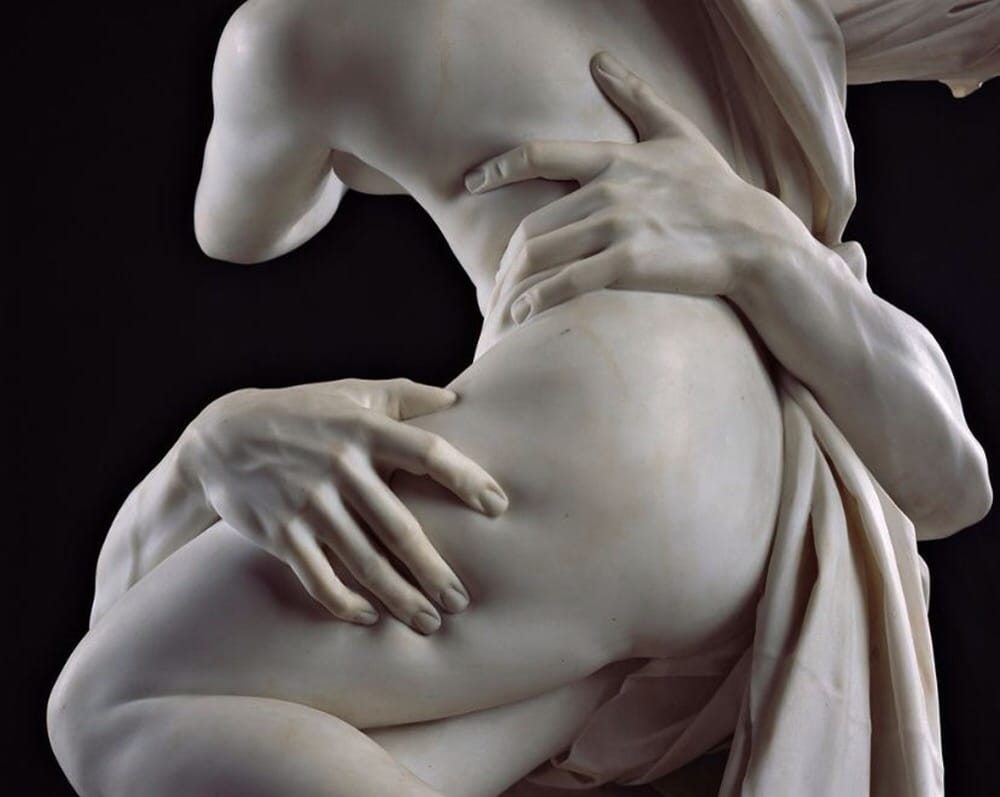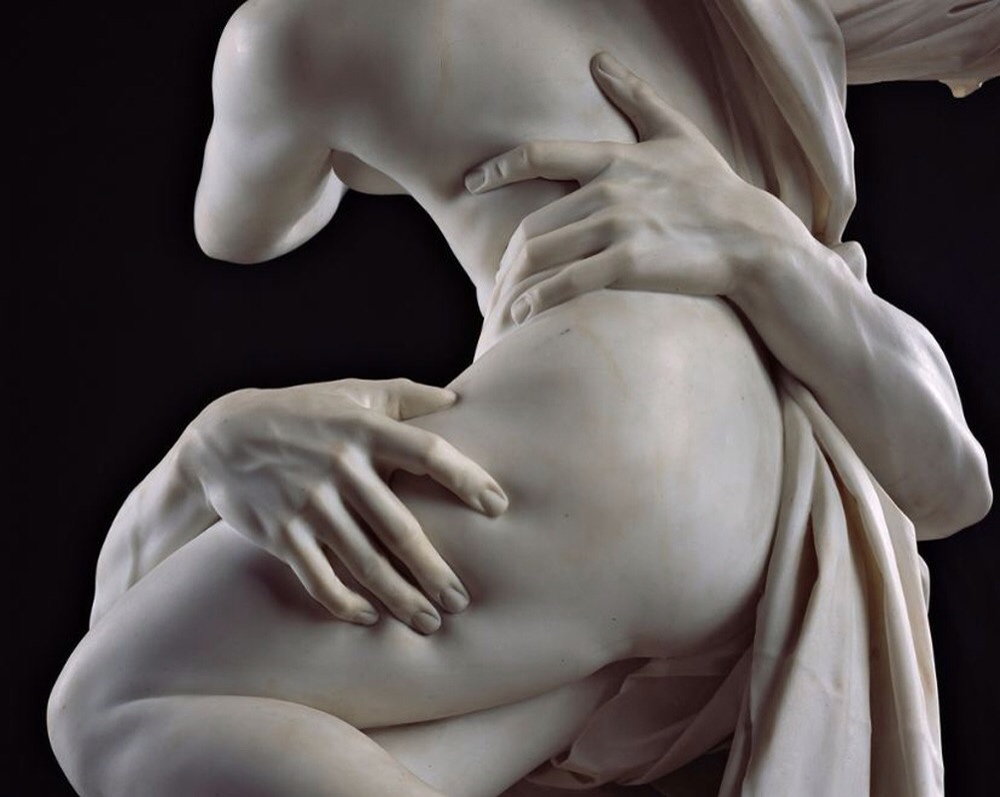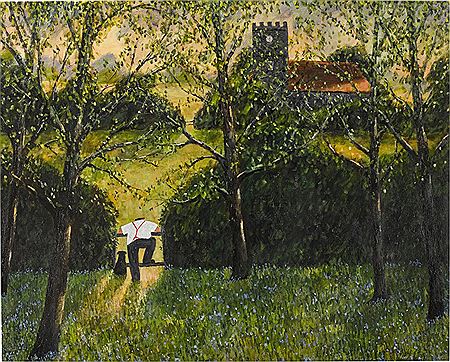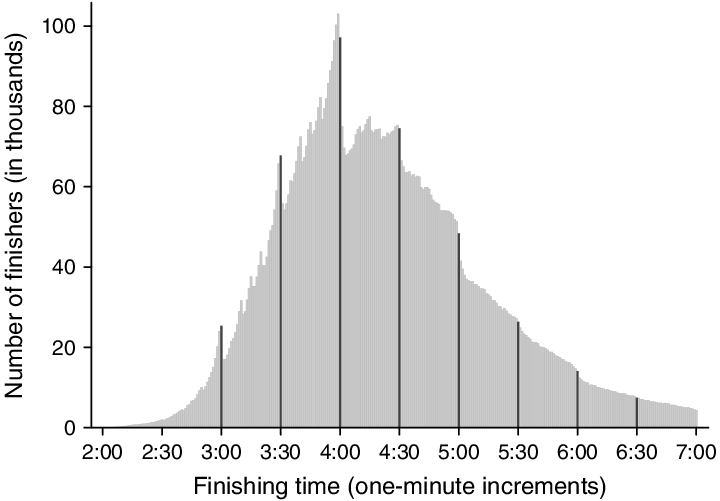TWIL #18: From Soft Marble to Solid Finishes

Every Sunday, I share a few of my learnings, reflections, and curiosities from the week. Things I stumbled upon, things I questioned, things that made me look twice. It’s not about being right or complete… it’s about noticing, wondering, and learning out loud.
Thanks for reading. I hope it sparks something for you too.
Marble that looks soft
I’ll admit it. I usually walk past marble statues. I like them, but I don’t pause for long. I don’t lean in to study them. I get the idea, and I move on.
But this week I saw a photo of The Veiled Virgin.
And I stopped.
Scrolled back. Zoomed in. Stared.

At first glance, I assumed it was a 3D render or maybe an AI-generated image. I could see it was supposed to look like marble, like a delicate veil draped over a carved face, but I didn’t believe it was real. The folds were too soft, the transparency too perfect. It looked like silk stretched over skin, impossibly light and fragile. Then I looked closer. Searched on Google for more references… This wasn’t digital. It carved by hand.
Carved in the 1850s by Giovanni Strazza, The Veiled Virgin is a single block of stone. The veil doesn’t just sit on her. It clings. It presses against her cheeks, traces the shape of her nose, softens at the mouth. You can almost feel the breath underneath. The illusion is complete and strangely moving. It doesn’t feel like a trick. It feels like devotion.
That moment cracked something open. I wanted to see more. So I went on a search…
I found Bernini’s Rape of Proserpina, a piece I would normally walk past in an instant…

But if I would have stood still for a moment… I would have seen this:

He sculpted it when he was just 23! Pluto’s hand presses into Proserpina’s thigh, and somehow the marble yields. You see the resistance in her twisting body, the tension in her hair. It’s not frozen. It moves. Every line pulls against another. It’s alive.
Then I turned to Michelangelo’s Pietà.

Mary holds Christ’s body in her lap. Her robe spills in impossible folds, heavy yet fluid. The entire sculpture is still, but never static. There’s weight in her arms, sorrow in the way the fabric drapes. It's a moment of absolute control and complete emotion, carved into permanence.

I thought I didn’t really care about marble.
Turns out, I’d just never looked closely enough.
And what made these works possible?
These artists looked. Truly looked and observed. At bodies. At cloth. At how light moves across a surface and disappears into shadow. They understood not only their subjects but the marble itself. They knew where it would resist and where it would give. This kind of work doesn't come from talent alone. It comes from deep, focused curiosity. The kind that studies the world with care and patience, until it becomes possible to make something impossible.
The beauty of a simple life

I stumbled upon Gary Bunt’s paintings this week via ‘s The Quiet Life. And they made me stop. And smile.
His work captures simple, tender scenes. An old Englishman and his dog, fishing, farming, walking along a windswept path, staring at the sea, having breakfast, going to bed. There’s no rush. No noise. No grandeur. Just small moments of everyday life.

They’re not about technical perfection. They’re about feeling. They make me want to step inside that world, where life moves slower, the sky always has something to say, and happiness is found in the little rituals of ordinary days.

Bunt’s paintings reminded me that not everything needs to be pushed forward or chased. Some things just need to be noticed, enjoyed, and lived.
Sometimes, that’s more than enough.
The Finish line is in our heads
This week, I stumbled across a graph that wouldn’t leave me alone. It showed marathon finish times. But instead of a smooth curve, there were spikes just before every round number: 3:00, 3:30, 4:00. Almost no one finished just after.

The study behind it analyzed over 9 million marathon finishers. The pattern was clear. Runners weren’t pacing for their best effort. They were pacing for the number in their head.
3:59:59 felt like success.
4:00:01 felt like failure.
Same legs. Same lungs. Different story.
I recognized it immediately.
In sport, I’ve felt my body screaming it was done,cuntil the finish line appeared. Suddenly, I could sprint. The brain holds reserves back until it decides the goal is close enough to deserve them.
That’s the power of goals. They push us. They focus us.
But this graph also made me wonder: what gets lost when we focus only on the number?
Because if two seconds can change how we feel about the same effort, what does that say about how we measure success?
I see it in projects, teams, businesses. Deadlines that aren’t really deadlines. Goals set because they feel good on paper. They give direction, but they also steal something.
The risk is, in chasing the number, we miss the run itself. We stop seeing the moments in between. The learning. The unexpected. The joy of the effort.
And maybe this isn’t universal. Western thinking loves the finish line. But other cultures focus more on the process: the doing, not the done. The line is often invisible, or irrelevant.

So the question isn’t whether goals are bad. They’re not. They’re powerful. But do we sometimes lose too much along the way? Could we still hold onto the goal, but not forget to love the run itself?
Maybe that’s the harder finish line to chase.






